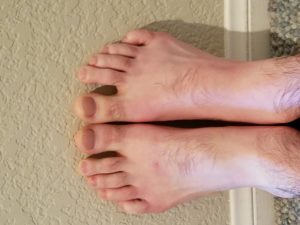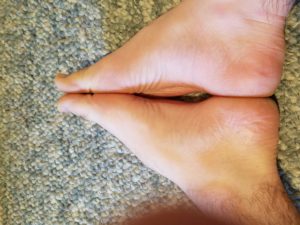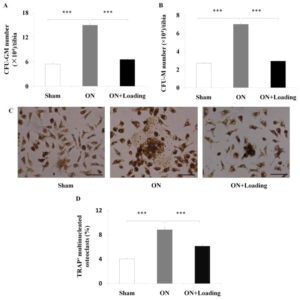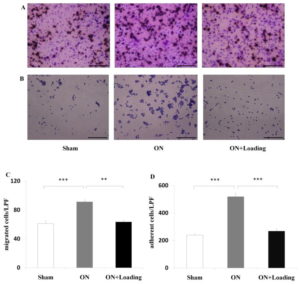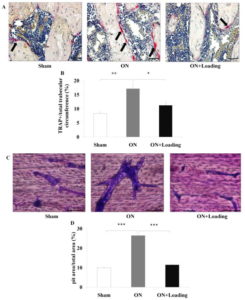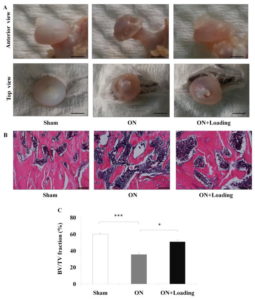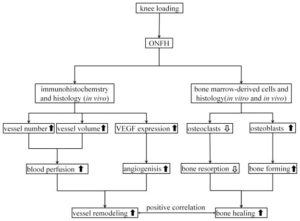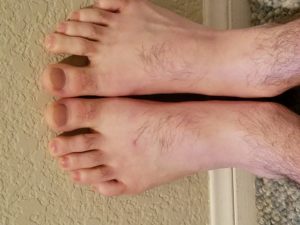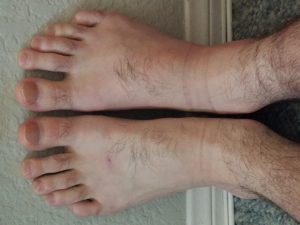Over the last 2 months I have definitely gone back into going deep into the research and I have made some quite startling connections and one of my theories on how it is possible to make people taller has definitely become validated by a study I found just a few days ago.
First, let me say that I have pored over hundreds of studies on the subject of pediatrics, growth, endocrinology, and biology. I have thousands of saved studies I still have not read in depth. When you spend this much time reading, analyzing and thinking about a subject, you start to see connections where maybe other people have not seen yet.
My initial theory on the link between the intestinal tract and the growth pattern of a person was started when I sat in at this thing called Mini-Medical School that the state school (University of Washington) close to my house. There was maybe a total of only 6-8 lectures, but 1 entire lecture was dedicated to a professor called about Fecal Transplantation.
Fecal transplantation is the medical process of taking a bit of the fecal matter from one person and putting it into the gut of another human, to change the microbiome, aka the bacteria composition. It sounds disgusting to the average person, but when I heard about the case where a obese female was turned permanently skinny (she could not gain weight afterwards no matter how much she ate) after she had the fecal sample of a skinny person implanted, my eyes were as big as saucers. Now I understood the power of fecal transplantation.
Since that time, I have looked for more studies which link gut bacteria composition to the person’s overall health. I have looked into probiotics, started drinking a lot of Kombucha tea, and looked for ways to optimize my gut health. One thing I have started to do is gone completely on the Soylent 2.0 diet (with avocado, garlic, aspirin, water, tea). I wonder what would happen to my overall health if I just stuck to really basic food elements.
If you think about it, it really does make sense. I once wrote about the possibility that babies will probably have better growth patterns when they stay on drinking their mothers milk than going on the formula too early, because of the colostrum and the casein content. Tyler proposed years ago in a blog post about the possibility of the link between taking casein and height increase but he did not consider colostrum as the other key active ingredient in human female milk.
We all know that the rate of growth is highest when we are just a baby. Our digestive tracts are still virgin, and not fully developed yet. Those critical component’s in the mother’s milk have antibodies and other active ingredients that basically gives the newborn all of the necessary stuff to grow their immune system fight pathogens (bacteria and virus) that will eventually come at the baby as it grows up and lives on as an adult. It is the mother’s milk that goes into the babies digestive tract, and this is probably the most important determinant of how well the baby will do later.
There are many studies which link the health of the digestive tract to onset of Alzheimers, Arthritis, and Periodontal disease even. To the average person trained in the traditional medical school, it wouldn’t make any sense how it is possible that there is any link between what is in our intestine and the health of our brain. They are two totally different organ systems, which rarely have any affect on the other.
That is actually true, for an adult, but if we reverse time, and put that person back as a baby, when they just came out of the womb, they are still begin developed neonatally, so it makes sense that you can change the overall health of the person as an adult with a few key actions when they are just a baby, since their fitness level and health potential can still be molded.
What I claim is possible is to basically take the fecal matter of another baby who has the genes for tall stature, and implant that fecal matter into the subject baby. Don’t do take the fecal matter of a human adult, because the fecal matter of a human adult is actually poisonous and potentially deadly, at least for the baby’s digestive system. There is a reason why we can use cow and bat fecal matter to use as fertilizer, but human fecal matter would just kill plants if you used it as fertilizer.
This will cause the still modifiable baby’s immune system to change to have the microbiome of a baby who is genetically predisposed towards tall stature. Think Shaq being 7′ 1”, whose mother was 6′ 2”, and how both of his grandfathers were supposedly 6′ 9” in height. There are definitely families in any population which have the genes for tall stature. The theory is that the baby who has the fecal implant will now became much bigger as an adult than if they didn’t get the transplant.
For further proof, I refer the reader to the study which validates this idea. “Gut microbiota induce IGF-1 and promote bone formation and growth”. The study is extremely new, just published Oct of 2016.
Abstract
Appreciation of the role of the gut microbiome in regulating vertebrate metabolism has exploded recently. However, the effects of gut microbiota on skeletal growth and homeostasis have only recently begun to be explored. Here, we report that colonization of sexually mature germ-free (GF) mice with conventional specific pathogen-free (SPF) gut microbiota increases both bone formation and resorption, with the net effect of colonization varying with the duration of colonization. Although colonization of adult mice acutely reduces bone mass, in long-term colonized mice, an increase in bone formation and growth plate activity predominates, resulting in equalization of bone mass and increased longitudinal and radial bone growth. Serum levels of insulin-like growth factor 1 (IGF-1), a hormone with known actions on skeletal growth, are substantially increased in response to microbial colonization, with significant increases in liver and adipose tissue IGF-1 production. Antibiotic treatment of conventional mice, in contrast, decreases serum IGF-1 and inhibits bone formation. Supplementation of antibiotic-treated mice with shortchain fatty acids (SCFAs), products of microbial metabolism, restores IGF-1 and bone mass to levels seen in non-antibiotic- treated mice. Thus, SCFA production may be one mechanism by which microbiota increase serum IGF-1. Our study demonstrates that gut microbiota provide a net anabolic stimulus to the skeleton, which is likely mediated by IGF-1. Manipulation of the microbiome or its metabolites may afford opportunities to optimize bone health and growth.
My Conclusion
This very study shows that if you can adjust the gut microbiome of a baby lab mice, the long term, net result is that the grown up adult mice will have much longer and bigger bones. The process is that the gut has some way to stimulate the Liver and Adrenal Glands to release much more IGF-1 into the body. IGF-1 as we know is what growth hormone breaks down into which goes to the growth plates to make bones longer and wider.
Of course we must always be aware of the possibility that many times, transplants are rejected by the subject’s/host’s body. But that is a discussion for another day.
Tyler-Here’s a recent study I found:
40 YEARS OF IGF1: The emerging connections between IGF1, the intestinal microbiome, Lactobacillus strains and bone growth
“In most animal species, postnatal growth is controlled by conserved insulin/insulin-like growth factor (IGF) signaling. In mammals, juvenile growth is characterized by a longitudinal bone growth resulting from the ossification of the growth plate. This ossification is under IGF1 influence through endocrine and paracrine mechanisms. Moreover, the nutritional status has been largely described as an important factor influencing the insulin/insulin-like growth factor signaling. It is now well established that the gut microbiota modulates the nutrient availability of its host. Hence, studies of the interaction between nutritional status, gut microbiota and bone growth have recently emerged. Here, we review recent findings using experimental models about the impact of gut bacteria on the somatotropic axis and its consequence on the bone growth. We also discuss the perspectives of these studies in opening an entire field for clinical interventions.”
“Circulating IGF1 levels are highly dependent on the nutritional status.”
“two months after birth the GF[Germ Free] mice were 14.5% lighter and 4% shorter compared to CV mice.”
“SCFA[short chain fatty acid] production may be one mechanism by which microbiota increase serum IGF1.“

